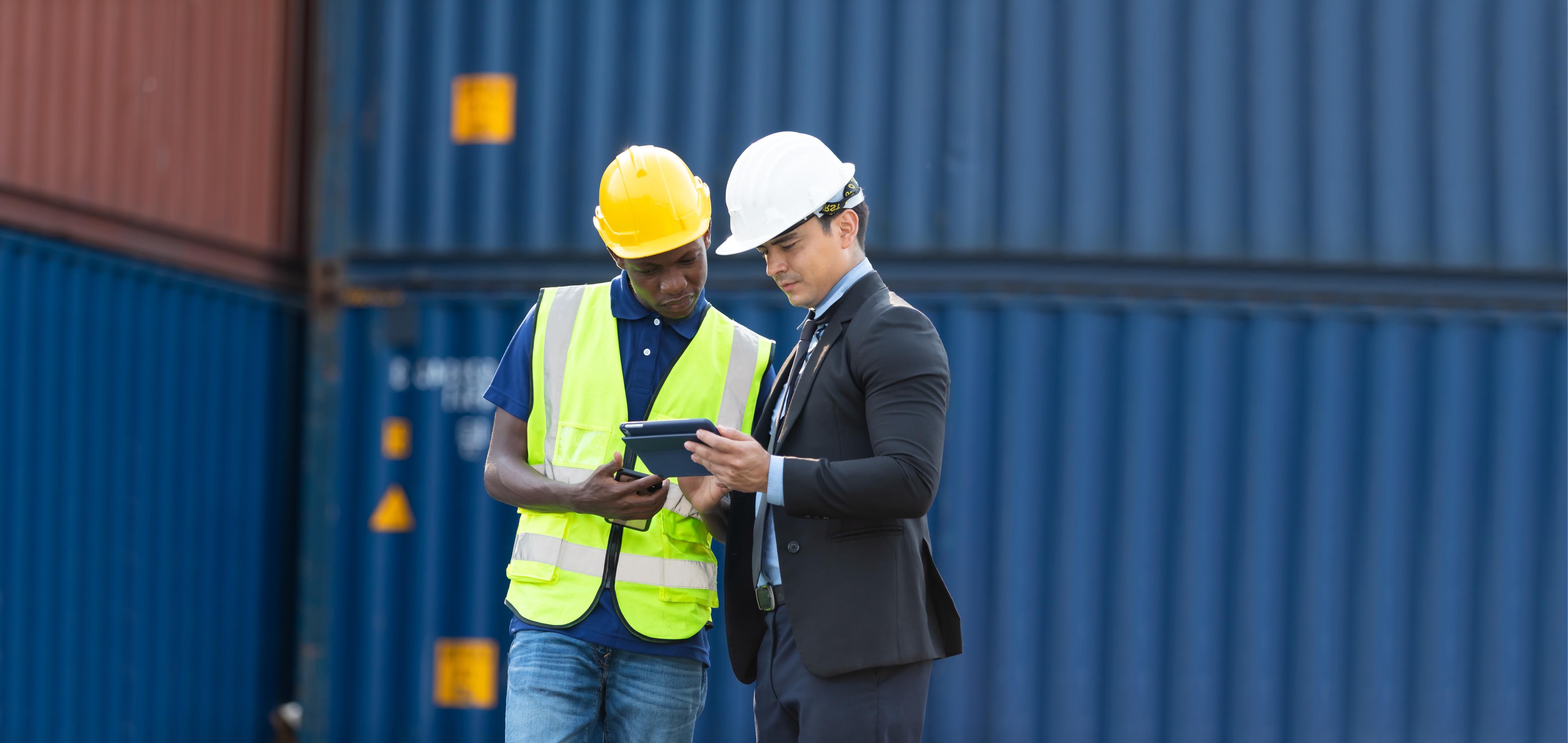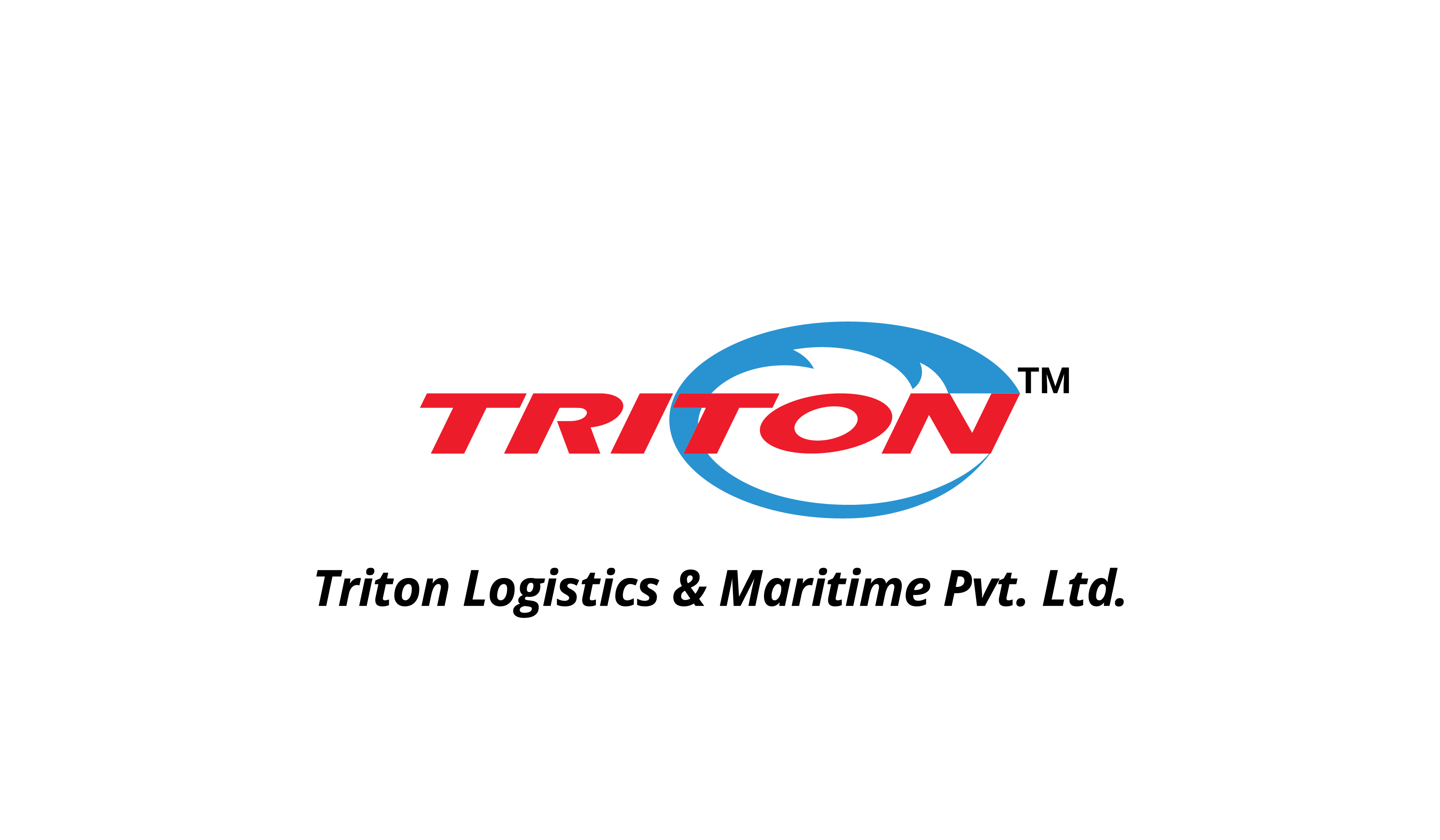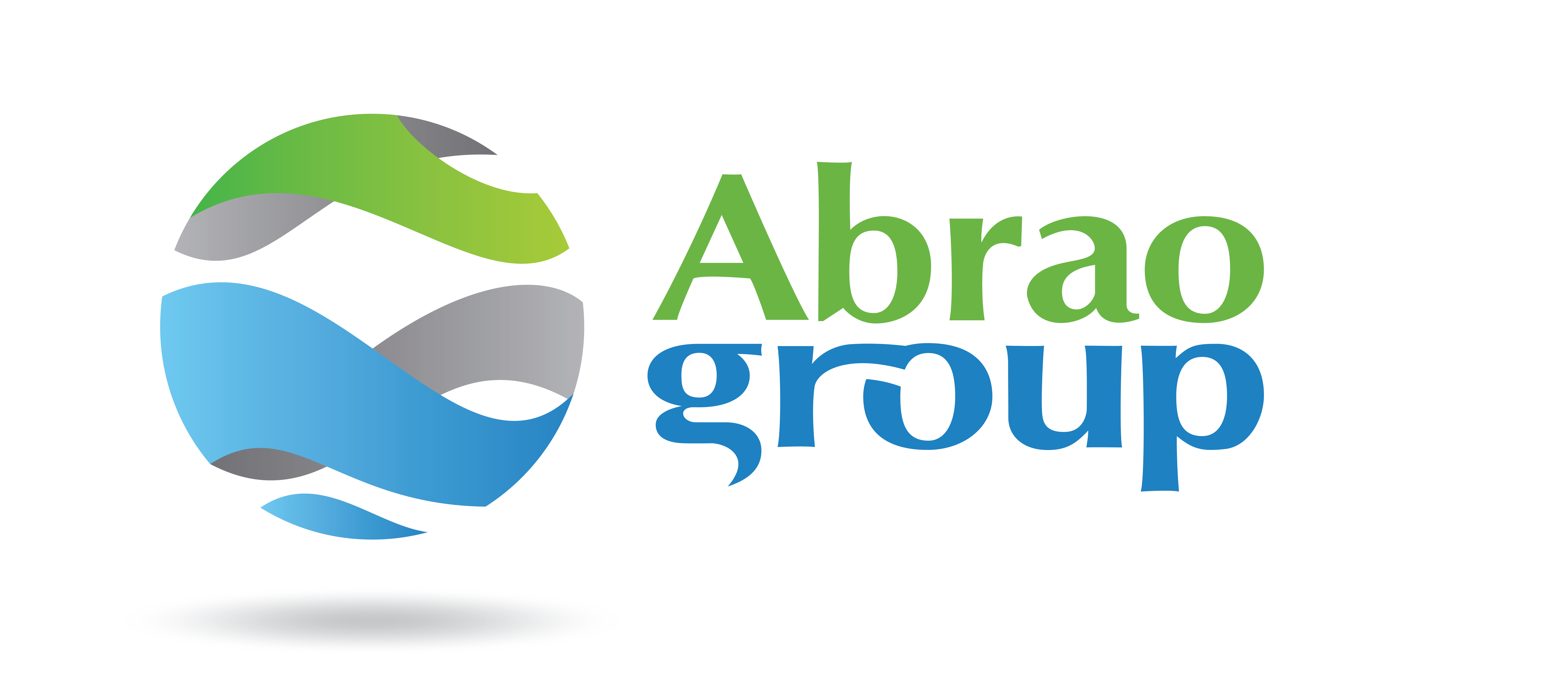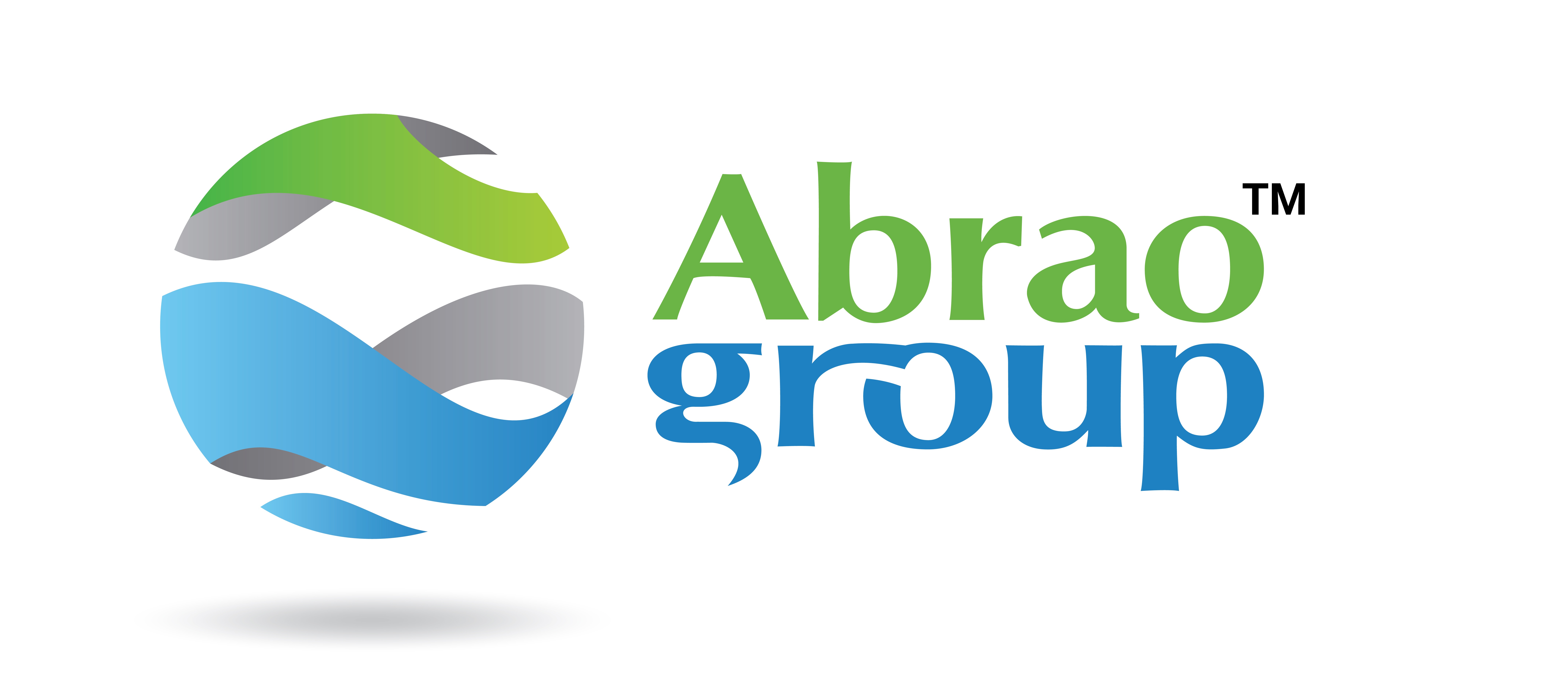Customs clearance is the most significant point in the world trade where the goods cease to be transported globally and become locally available. This process needs accuracy, as the borders become not only opening to the trade but also protecting it in the age of increased volumes of trade and more stringent regulation, which will not bring the necessary losses unnecessarily. As companies enter new markets or increase scale in e-commerce processes, an in-depth understanding of the customs clearance creates efficiency, compliance, and resiliency. This manual breaks down its complexes, starting with its definitions to the most workable methods, with the latest developments of 2025 incorporated in it to ensure that importers and exporters have the vision to do international logistics without hustles.
What Is Customs Clearance?
Customs clearance refers to the process which permits the import or export of goods across the national borders which is enforced by the border authorities which check the conformity to trade regulations, collect taxes and reduce the risks of insecurity to the health of the population, security and the economy. It includes filing of sophisticated details of shipment information containing value, origin, contents, and intended use to facilitate determination of tariffs, taxes, and admissibility.

This, in addition to earning revenue, also prevents illicit trade, counterfeits and environmental hazards. By 2025, as global trade is estimated to be worth trillions of dollars, the customs clearance operations have become more digitised and less human-centric, just as more data-intensive processes are enforced to monitor them. An example case is that a large part of the declarations is now automated to make the processes that used to rely on paper-based communications easier.
The Step-by-Step Process of Customs Clearance
In the customs clearance workflow, each phase is interconnected to expect the actions at the next stage and to prevent possible bottlenecks.
The general sequence is the following:
- Pre-arrival preparation. The necessary measure of this phase is to gather the driver’s trucked documents, commercial invoices, packing lists, bills of lading, and certificates of origin, as well as to classify goods under HS codes, which allows accurately assessing the relevant tariffs.
- DELF: Lodge electronic entries via national interface for review to begin (2025 – platforms such as ACE make this process easier for quick turnaround).
- Duty and tax calculation: Customs assesses fees on the declared value using the Harmonized Tariff Schedule (HTS) classification of the items for which an applicable trade program is determined; a merchandise processing fee (MPF) at 0.3464 percent of value, with minimum amount between $31.67 and maximum amount of $614.35.
- Inspection and Verification: Either intrusive or non-intrusive examinations to verify declarations, random or targeted assembly of shipments for high risk goods; clearance may range from hours to days, with delays rising to weeks depending on volumes.
- Customs clearance and Releasing: Validate then release upon verification, post entry compliance may be established to verify that the compliance is still in place.
- Final Inland Movement: Transfer cleared cargo to warehouses or destinations, typically with logistics partners for last-mile movement.
This framework suggests the importance of being intentional with documentation as the errors here will likely have a cascading effect on the rest of the supply chain.
Essential Documents for Customs Clearance
Attempting to travel through customs without the appropriate documentation may raise a red flag or cause you to stall. Key documents include the following:
- Commercial Invoice: This is the document that lists the details of the transaction, the total value and agreed terms, and will serve as the basis for the duty assessments.
- Packing List: This lists the contents, weights and dimensions to assist with the verification of the contents during inspection process.
- Bill of Lading or Air Waybill: This reflects the contract of carriage and receipt for the goods.
- Certificate of Origin: The Certificate of Origin is documentation that proves where the products was manufactured which enables the products to qualify for preferential tariffs under trade agreements.
- Import/Export Declarations: These are formal entries that document the HS codes and whether or not the products comply with regulations.
- Permits and Licenses: These are sector specific and may be necessary such as FDA clearances for perishable items or EPA endorsed permits for hazardous materials.
Moreover, by 2025, electronic submission mandates have escalated with approximately 70% of declarations being submitted electronically, thereby reducing manual errors by 25%.
The Advantages of the Efficient Customs Clearance
The fast clearance of customs is not just about regulatory compliance, but also, it offers strategic returns to improve the competitiveness. The main benefits include:
Accelerated Market Entry: Time spent on dwellings is reduced by 20 to 40, shortening the period to inventories and bring revenue.
Cost Containment: Filings that are properly made avoid fines up to thousands per violation and make use of exemptions, which may simplify obligations by up to 15 to 5 percent through favorable deals.
Risk Mitigation: Enhances security against illegal flows and reduces the chances of seizures based on signed-up documents.
Operational Agility: Allows just in time plans, reducing holding costs and promoting flexibility to demand variations.
Sustainability Alignment: Facilitates eco-certification through observance of the green trade standards which attracts conscious consumers.

Conclusion
Customs clearance intertwines rule maker rigor with runner fluidity, and the balance requires a watchful eye to realize the full spectrum of its rewards in 2025. That passage can be – through aggressive preparation, digital innovation, and predicting concerns – turned into a launching pad for global success. If we continue to see volumes climb and policy support further crystallize, those who take a strategic view over clearance will not simply avoid the cliffs but provide the controlled stability necessary for measured growth in an integrated market.
For more information on custom clearance, reach out to us.



